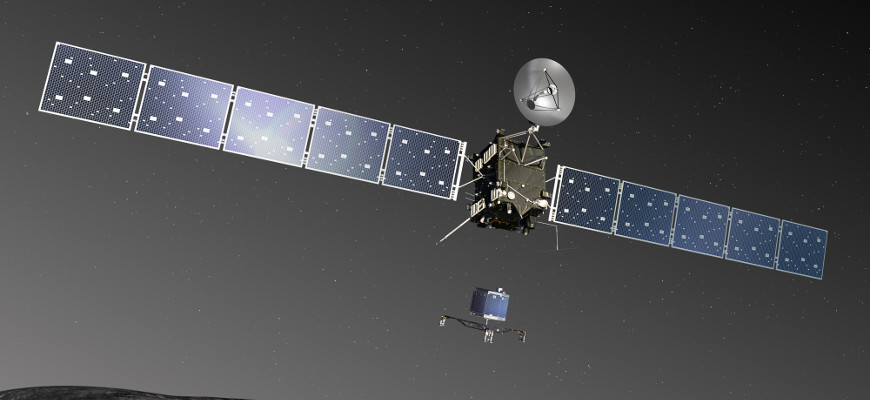Space Physics Research Group

Group leader: Zoltán Németh
Group website: wigner.hu/en/space-physics, space.wigner.hu
Publications of the group: link to the database of the Hungarian Scientific Bibliography
Our research group is primarily focused on space plasma physics and space weather. Our activities are closely related to space missions by ESA and NASA. We process spacecraft data and provide theoretical interpretation.
Besides research, we find it important to preserve and transfer knowledge. As information on the current developments in the field of space research is very popular with the public, we often engage in media outreach. Our educational activities include theoretical and laboratory courses in Solar System Physics. Our team members supervise PhD, MSc and BSc students.
Currently we are involved in the following projects: EU H2020 Europlanet-RI-2024, ESA Cluster Hungarian Data Center, ESA Solar Orbiter and ESA JUICE.
The research group members are actively participating in the data analysis of the Cluster probes (2000-), Venus Express, Cassini, Rosetta, Parker Solar Probe (2018-), STEREO (2006-), SOHO (1996-) and the Ulysses space missions. We are also members of ESA's BepiColombo (2018-), Solar Orbiter (2020-) and JUICE (2023-) science teams.
Our fields of reseach:
Space weather - structure of the heliospheric magnetic field and variability of the solar wind structures
Space weather - interaction of the solar wind with the planetary plasma environments
The plasma environments of Saturn and Titan
Cometary science
Terrestrial magnetosphere
For more see: wigner.hu/en/space-physics
Results: 2024; 2017-2023
Teaching:
Space Plasma Physics (PhD)
Physics of the Solar System (MSc)
Voyage through the Solar System (BSc)
MHD laboratory course (MSc)
Wigner year book chapters related to space research
Last modified by Zsofia Bebesi on the 5th of February, 2025



